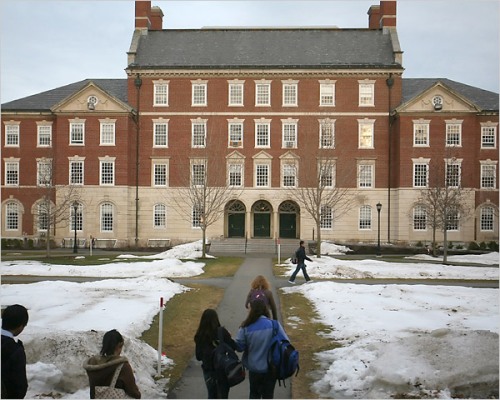In what might be a promising a promising financial solution for public universities, the University of Colorado is attempting to exempt foreign students from non-resident status. This would allow the university to admit more international students because the students would not count against the limit imposed on non-residents of Colorado.
The categories would go from:
- Resident
- Non-Resident (within U.S. and International)
to….
- Resident
- Non-Resident (within U.S.)
- International Students
For the sake of illustration, let’s pretend the cap on non-residents was 20% and the entering class size was 5000 students. Under the old system, there would be a total of 1000 seats to be shared by non-resident US students and international students. Under the new system, 1000 seats would be reserved for non-resident U.S. students and international students would not count against the cap.
Theoretically, the University could admit as many international students as it pleases without affecting the non-resident cap. Realistically, the university will stick to the goal stated back in July of 2009, which was to increase the international student body, now at 1,229, by “50 percent over the next five to 10 years” .
Even if the exemption is not approved, I would have to guess that the University will take seats away from the non-resident US students to make room for the international students. If this is a start of a trend for cash-strapped states, it would be very good news for prospective international students hoping to study at some of the notoriously resident-focused public universities such as Cal-Berkeley, UCLA, University of Washington, University of Texas-Austin, and the University of North Carolina.



